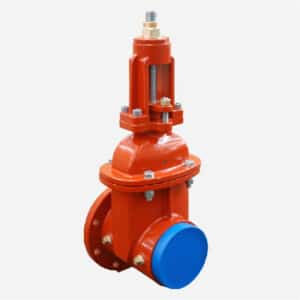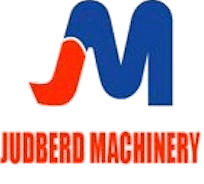Fire Hydrant Manufacturer
Fire hydrant is an outdoor water outlet connected to a water supply system. Firefighters use it to get water quickly when they need it. It’s a good source of water for fighting fires. You see them along the street, in industrial areas, and near buildings.
Judberd is fire hydrant manufacturer in china, We can offer above ground fire hydrant and underground fire hydrant.
ABOVE GROUND DRY BARREL FIRE HYDRANT
Feature
● UL/FM approved
● CE approved
● According to AWWA C502 and EN 14384
● With 3 outlets
● Rate pressure is 250 PSI
● Outlet connection is according to NFPA1963
● Surface coating thickness is more than 250um and less than 500um ,color:RAL3020
● Customized is available upon request

PRESSURE TEST
WORKING PRINCIPLE
Connected to Water Pipes Underground
_
The fire hydrant is connected to the water pipes that run under the streets in the city or the factory. The water stays in the pipe underground until someone opens the hydrant.
Closed When Not in Use
_
When the hydrant is not being used, it is closed. No water comes out of the hydrant unless you open it with a special tool.
Firefighters Open the Hydrant with a Wrench
_
Firefighters use a special wrench to turn the top valve on the hydrant. This opens the water flow inside.
Water Flows Out Through Outlets
_
The hydrant has 1 to 3 outlets (water openings). Hoses are connected to these outlets to spray water onto the fire.
Controlled Water Pressure
_
Hydrants are built to handle high water pressure, so the water can go a long way through the hoses.
After Use – Close the Valve
_
After the fire is out, you close the valve. Some hydrants also drain the extra water out of the hydrant so it won’t freeze.
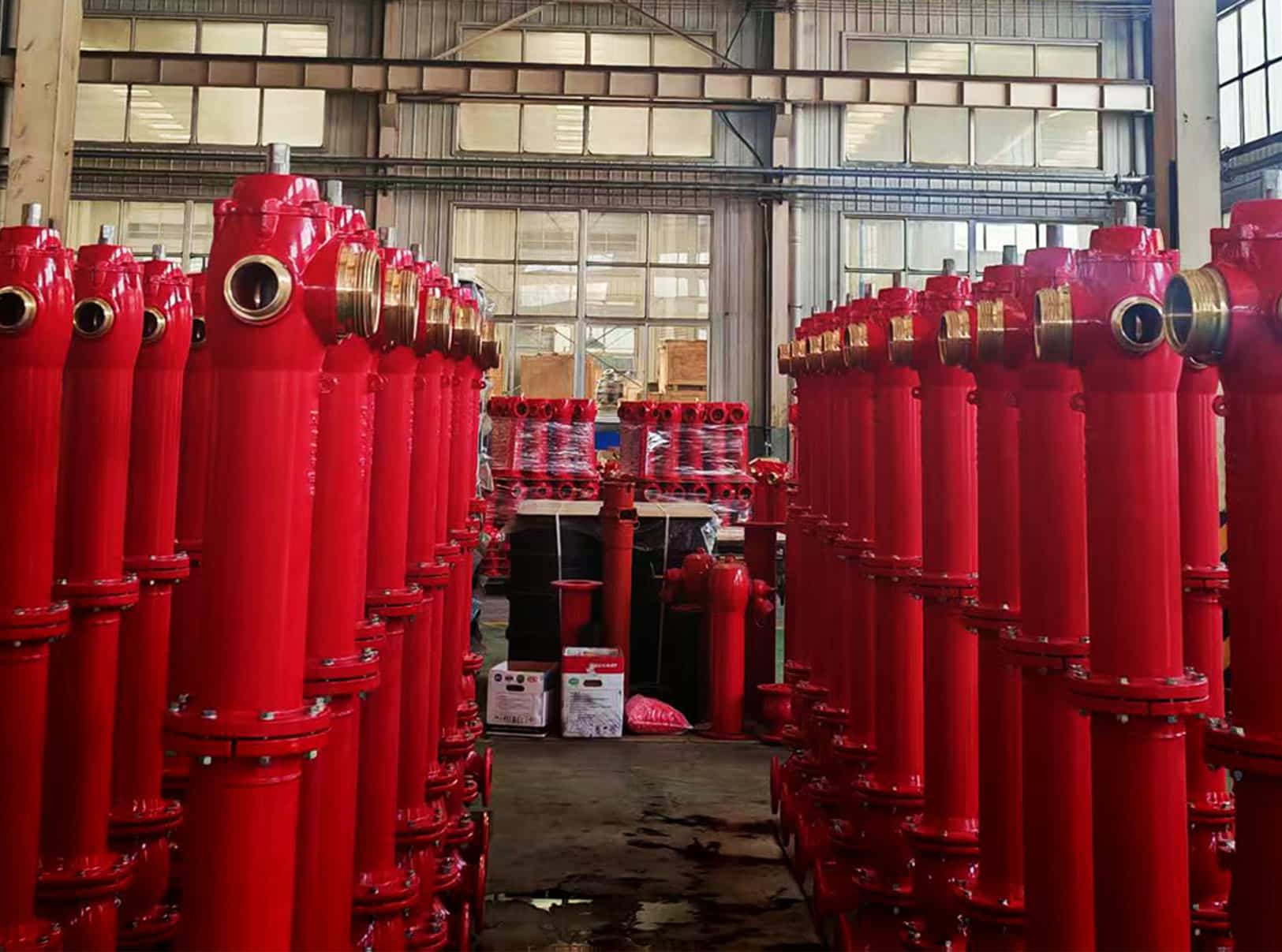
FIRE HYDRANTS TYPES
Fire hydrants are classified by how they are installed and how they work.
Knowing the different types helps you choose the right hydrant for your area.
By How They Are Installed
Above-Ground Fire Hydrant
_
You can see it above the ground, Easy to find and use, Common in cities and warm places, Usually has 2–3 places to connect hoses
Underground Fire Hydrant
_
It is below the ground, Covered by a lid or cap, so you can’t see it, Used where there is not much room or to look nice, Good for cold places or where you need to keep the water from freezing
By How They Work
Dry Barrel Fire Hydrant
_
Used in cold places to keep the water from freezing, The water stays below the ground until you open the valve, The barrel stays dry when you are not using it, After you use it, the hydrant drains itself
Wet Barrel Fire Hydrant
_
Used in warm or tropical places, There is always water inside the hydrant body, Each place where you connect a hose has its own valve, It is easier to keep up and you can use it faster in an emergency
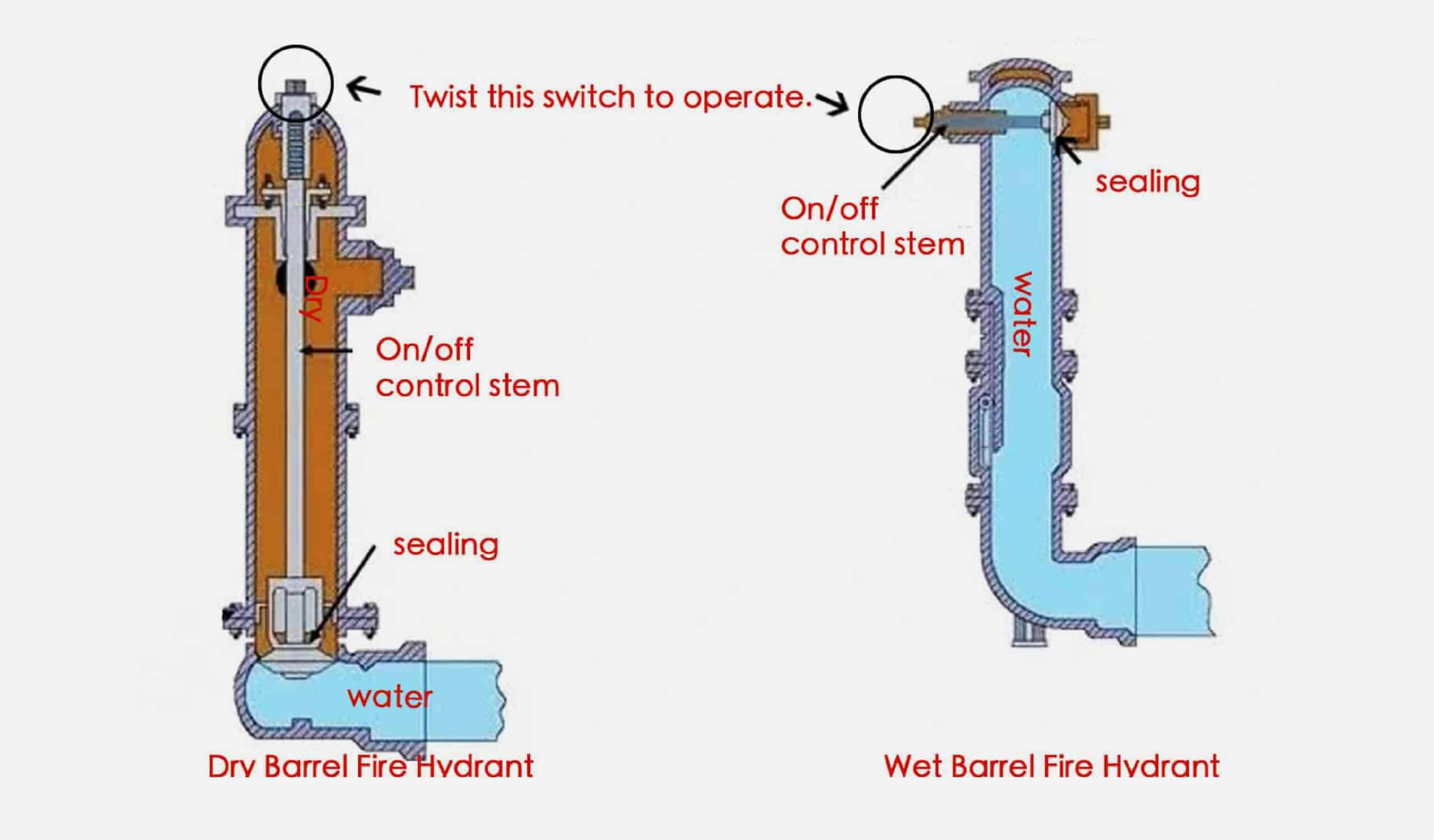
| Type | Installation | Climate | Water Inside | Main Advantage |
|---|---|---|---|---|
| Above-Ground Hydrant | Above ground | Any | Dry or wet | Easy access and maintenance |
| Underground Hydrant | Underground | Cold or urban | Usually dry | Anti-freeze, space-saving |
| Dry Barrel Hydrant | Both | Cold | No | Freeze protection |
| Wet Barrel Hydrant | Above ground | Warm | Yes | Immediate water access |
HOW to CHOOSE FIRE HYDRANTS?
Dry or Wet Barrel
_
There are two types of fire hydrants: dry barrel and wet barrel. The main difference is whether water is stored in the barrel or not. The main valve is located below ground to prevent freezing in a dry barrel. In a wet barrel, water is always present in the barrel. There is no internal valve, and the hydrant is easy to operate.
In freezing areas, wet barrels can be damaged by ice—use dry barrels instead.
Above-ground or Underground
_
There are two types of fire hydrants based on installation location: above-ground and underground. Above-ground hydrants have the hydrant body visible and exposed above ground. They are typically found in urban streets, parks, and factory zones. Underground hydrants are hidden below ground with an access cover. They are typically found in plazas, sidewalks, airports, and cold areas.
Use underground hydrants where space is tight or aesthetics matter. Use above-ground hydrants for quick access and easier maintenance.
Pressure Rating (PN Rating)
_
There are two pressure ratings (PN ratings) for fire hydrants: PN10 and PN16. PN10 has a maximum operating pressure of 10 bar (145 psi). PN16 has a maximum operating pressure of 16 bar (232 psi).
Check your local water network pressure before selecting the hydrant’s PN rating.
Connection Size and Type
_
There are two things to consider when selecting a fire hydrant based on connection size and type.
● Connection Size (Outlet Nozzle)
The outlet nozzle size is the size of the connection where the water comes out. Common sizes are DN80 or DN100. Make sure the outlet nozzle size matches your fire hose or pipe fitting.
● Connection Type
There are two types of connections: flanged and quick coupling. Flanged connections are a secure and leak-proof connection with bolts. They are best for permanent installations. Quick coupling connections are easy to install or remove quickly. They are best for temporary or emergency setups.
Always confirm compatibility with your existing pipeline or fire equipment.
Example Selection Scenarios
Here are some example scenarios to help you choose the right fire hydrant for your environment.
| Environment | Recommended Hydrant Configuration |
|---|---|
| Cold residential area | Dry barrel + Above-ground + PN10 + DN100 + Flanged |
| Tropical city plaza | Wet barrel + Underground + PN16 + DN100 + Quick coupling |
| Industrial port | Dry barrel + Above-ground + PN16 + DN100 + Flanged |
| Modern commercial zone | Wet barrel + Above-ground + PN16 + DN100 + Flanged |
Final Checklist Before You Order
Confirm the climate conditions
Determine above-ground or underground installation
Match the pressure rating to your local system
Choose the correct outlet size and connection method
Ensure certifications (UL, FM, EN14384, etc.) if required
INSTALLATION
Fire hydrants are critical for emergency water supply.
Proper installation and regular maintenance ensure they work when needed.
● Select a Suitable Location Place near the main water supply pipeline, Avoid areas too close to buildings, cables, or drainage systems, Make sure the ground is flat and easy to access
● Prepare the Installation Pit Dig a hole deep enough to accommodate the hydrant base, For underground hydrants, add drainage material (e.g. gravel) at the bottom, A concrete foundation is recommended for stability
● Connect to the Water Line Attach the hydrant to the pipeline using flanges, bolts, or quick couplings, Clean inside the pipe to remove debris before connecting, Use proper gaskets and tighten all bolts
● Check Drainage (For Dry Barrel or Underground Types) Ensure drainage ports or gravel drainage beds are functional, Drainage prevents water from staying inside the hydrant and freezing
● Level and Align the Hydrant Use a level tool to keep the hydrant vertical, Position the operating nut facing the street for easy firefighter access
● Perform Pressure Testing Turn on the water and check for leaks, Confirm stable pressure and secure installation
● Backfill and Compact Refill the hole layer by layer using soil or gravel, Compact each layer and restore the surface neatly
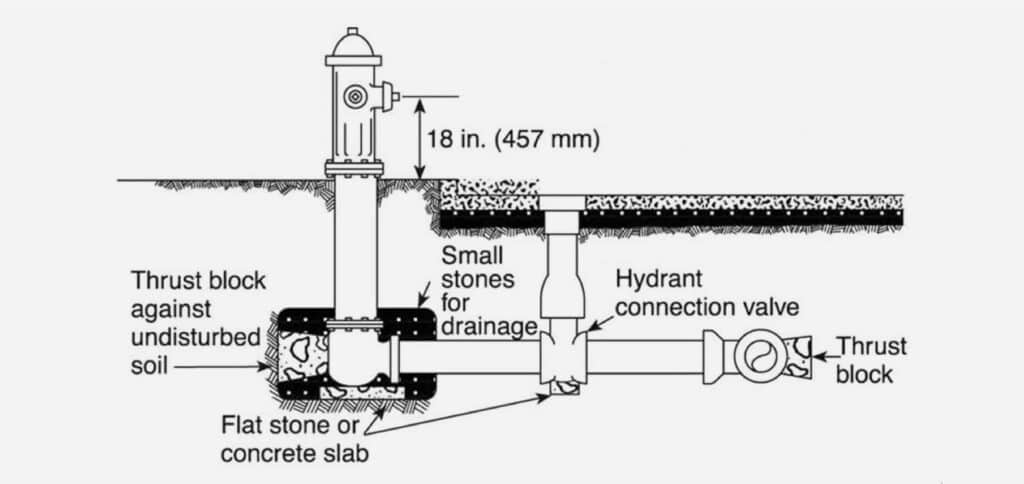
MAINTENANCE
Routine Maintenance Tasks
| Frequency | Task | Details |
|---|---|---|
| Monthly | Check visibility | Remove weeds, garbage, or blockages around the hydrant |
| Quarterly | Operate the valve | Open and close to ensure it moves smoothly |
| Bi-annually | Check for leaks | Inspect base and outlets for water drips or seepage |
| Yearly | Full inspection | Test drainage, check tightness, repaint if needed |
| Every 3-5 yrs | Repaint or replace parts | Prevent corrosion, extend hydrant life |
Important Tips
Use proper tools—never hit the hydrant with a hammer
For dry hydrants, always check the drain during winter
Ensure that hydrant markings and numbers are clearly visible
Common FAQs
Q: Do all hydrants need drainage?
A: Yes, especially dry barrel and underground types. Without drainage, water may freeze inside and damage the hydrant.
Q: What should I do if the hydrant leaks?
A: Check gaskets, bolts, or internal valve parts. Replace any worn components.
Q: Can I install a fire hydrant myself?
A: It’s strongly recommended to have it installed by a licensed contractor or plumbing team to meet safety and legal standards.
DESIGN STANDARDS and CERTIFICATIONS
To ensure safety, compatibility, and performance, fire hydrants must follow specific international or national standards and obtain relevant certifications. These requirements may vary by region and application (municipal, industrial, etc.).
Common Design Standards
| Standard | Description | Region |
|---|---|---|
| AWWA C502 / C503 | Design standard for dry-barrel (C502) and wet-barrel (C503) hydrants | USA, North America |
| EN 14384 | Specification for underground hydrants | Europe |
| EN 14339 | Specification for pillar (above-ground) hydrants | Europe |
| BS 750 | British Standard for pillar fire hydrants | UK, former Commonwealth countries |
| NFPA 291 | Guidelines for hydrant flow testing and marking | USA (fire departments) |
| ISO 6182-12 | International standard for wet fire hydrant systems | International |
Hydrant design typically includes requirements for pressure class (e.g. PN10, PN16), corrosion resistance, flow rate, and maintenance access.
Key Certifications Required
| Certification | Description | Purpose |
|---|---|---|
| UL (Underwriters Laboratories) | U.S.-based safety certification | Ensures hydrant meets performance and safety criteria |
| FM (Factory Mutual) | Global risk management certification | Recognized by insurers for fire protection products |
| WRAS (Water Regulations Advisory Scheme) | UK standard | Confirms materials are safe for drinking water (potable use) |
| CE Mark (per EU Directive) | Required for hydrants sold in the EU | Declares conformity with European safety and performance standards |
| ISO 9001 / 14001 | Quality and environmental management system | Required by many large buyers for consistent quality and sustainability |
Additional Considerations
Corrosion protection
_
Internal and external coatings (e.g. fusion bonded epoxy, hot-dip galvanizing) must meet specific standards (such as ISO 12944 or AWWA C550).
Thread compatibility
_
Outlet nozzles must match local fire hose thread standards (e.g. NST/NH in the U.S., BSP in Europe).
Tamper resistance
_
Some regions require vandal-proof designs or locking mechanisms.
Color coding
_
In places like the U.S., hydrants must be painted according to NFPA 291 to indicate flow capacity.
FIRE HYDRANT COLOR
NFPA 291 Color Coding for Fire Hydrant Flow Capacity
| Color (Top/Bonnet) | Flow Rate (GPM) | Meaning |
|---|---|---|
| Light Blue | 1500 GPM or more | Excellent – Very high flow, best for major fires |
| Green | 1000 – 1499 GPM | Good – Adequate for most residential areas |
| Orange | 500 – 999 GPM | Fair – Limited flow, may not be sufficient for large fires |
| Red | Below 500 GPM | Poor – Minimal flow, may only be suitable for flushing or small-scale use |
GPM = Gallons Per Minute
Only the top/bonnet and outlet caps are color-coded, not the entire hydrant body.
The hydrant barrel (main body) is usually painted red or yellow, depending on the municipality.
In some areas, flow capacity is also written directly on the hydrant for clarity.
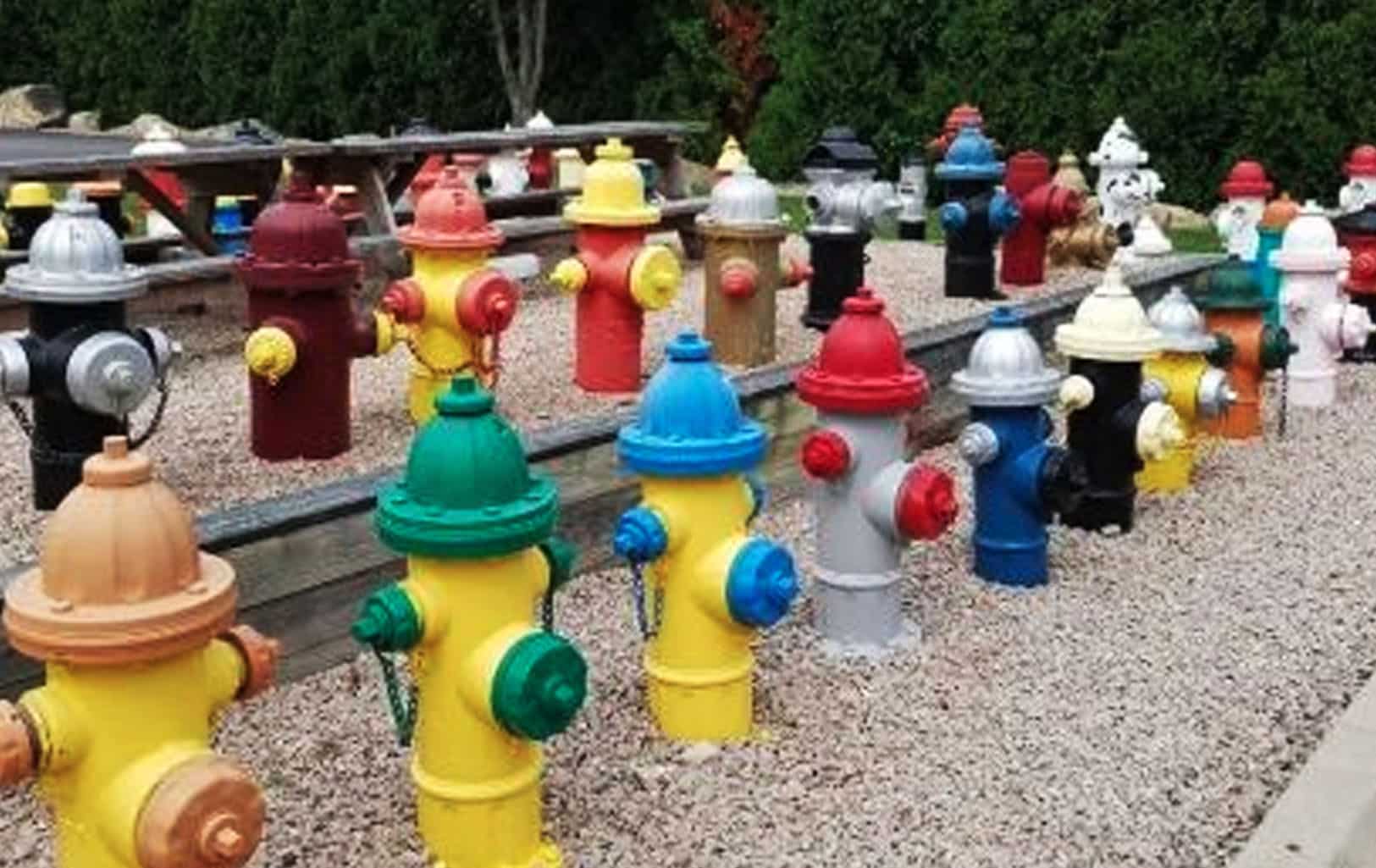
Related Products
Groove Gate Valve
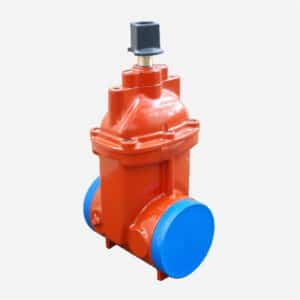
Flange Groove Gate Valve
